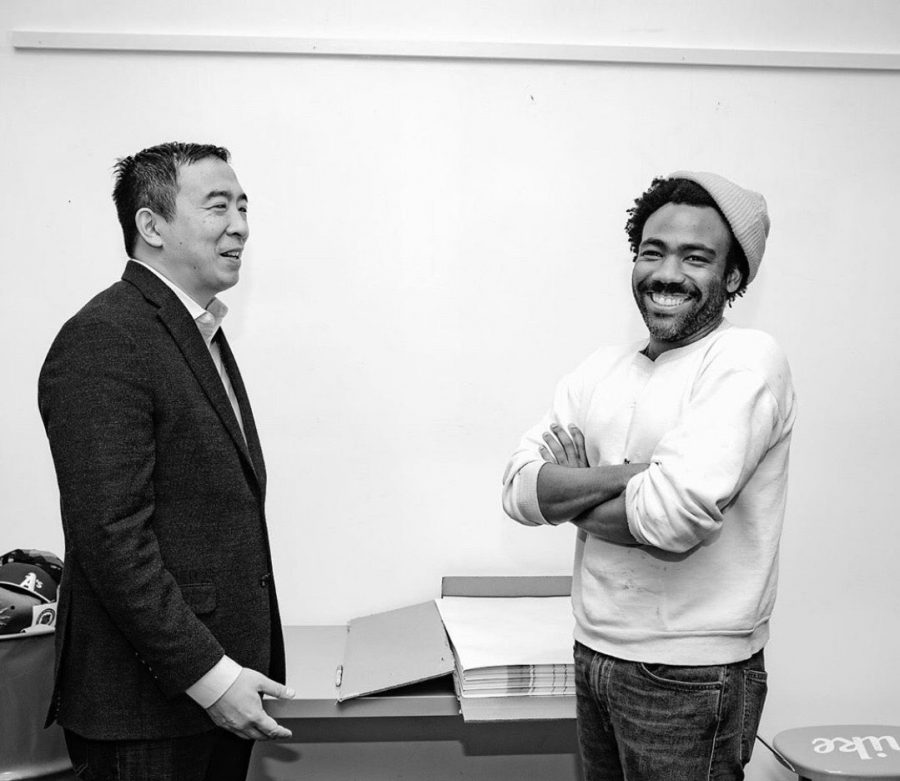#YangGang’s Achilles’ heel
February 18, 2020
The Democratic presidential candidates running for the November 2020 election saw a continuation of the rise of single-issue candidates from the 2016 presidential election. Single-issue candidates build their campaigns on one issue they plan on completing within their term as president, should they become elected. They do this to give the public a distinct image of what to expect from them without requiring extensive research.
Voters started with 29 candidates to investigate last year. This led a majority of young voters to root for single-issue candidates because of the ease in research. However, what had seemed like a good idea for appeasing overwhelmed voters backfired. Because single-issue candidates focus on one issue, they can easily misrepresent their stances on other political issues and their overall platform. A prime example of this is Andrew Yang, who dropped out of the race on Feb. 11.
From the beginning, Yang established his focus on younger audiences by coining #YangGang on social media, ensuring his name became distinguished among bigger candidates like Joe Biden, Elizabeth Warren and Bernie Sanders. Yang began modeling after Sanders, who has a significant young follower base.
Yang’s highlighted issue, “The Freedom Dividend,” would have given citizens a monthly allowance of $1,000 to stabilize the economy, promote economic safety and equalize social justice for struggling U.S. citizens. This issue attracted young voters, who mostly identify as liberal Democrats. Because Yang’s proposition was a liberal one, young voters, ages 18 to 44, composed 74% of his follower base, according to the Morning Consult.
It is easy to see why so many unintentionally uninformed voters thought Yang’s proposal attractive; it made him look liberal. However, his views on other major political issues were largely moderate, which makes Yang less liberal than most believed. From opposing universal health care but expanding Medicare for some to opposing free college and canceling student debt for a few, Yang’s political views are a mix of moderate and liberal, not strictly liberal, as most derived from his major proposal.
Yang’s longer-than-expected Democratic presidential campaign showed the key problems with single-issue candidates: the image they present to the public can be misleading, and they manipulate younger voters.
Politicians should do a better job promoting younger voters to research candidates before supporting a candidate who may not align with their political group and stance. Similarly, politicians need to be more honest with younger audiences, a demographic which can be the deciding factor in elections.
Young voters have historically been absent in previous elections, but 2016 saw an increase in voters that had not been seen in decades. This came as no surprise — candidates took to social media to campaign toward swing voters. Using similar tactics, candidates running for the 2020 election are garnering the youth support they may need for the November election.
Instead of supporting candidates based on one of their political views, voters should extensively research candidates before solidifying their votes. The #YangGang should now be researching the final eight candidates still in the running rather than mourning Yang’s exit from the presidential race.







